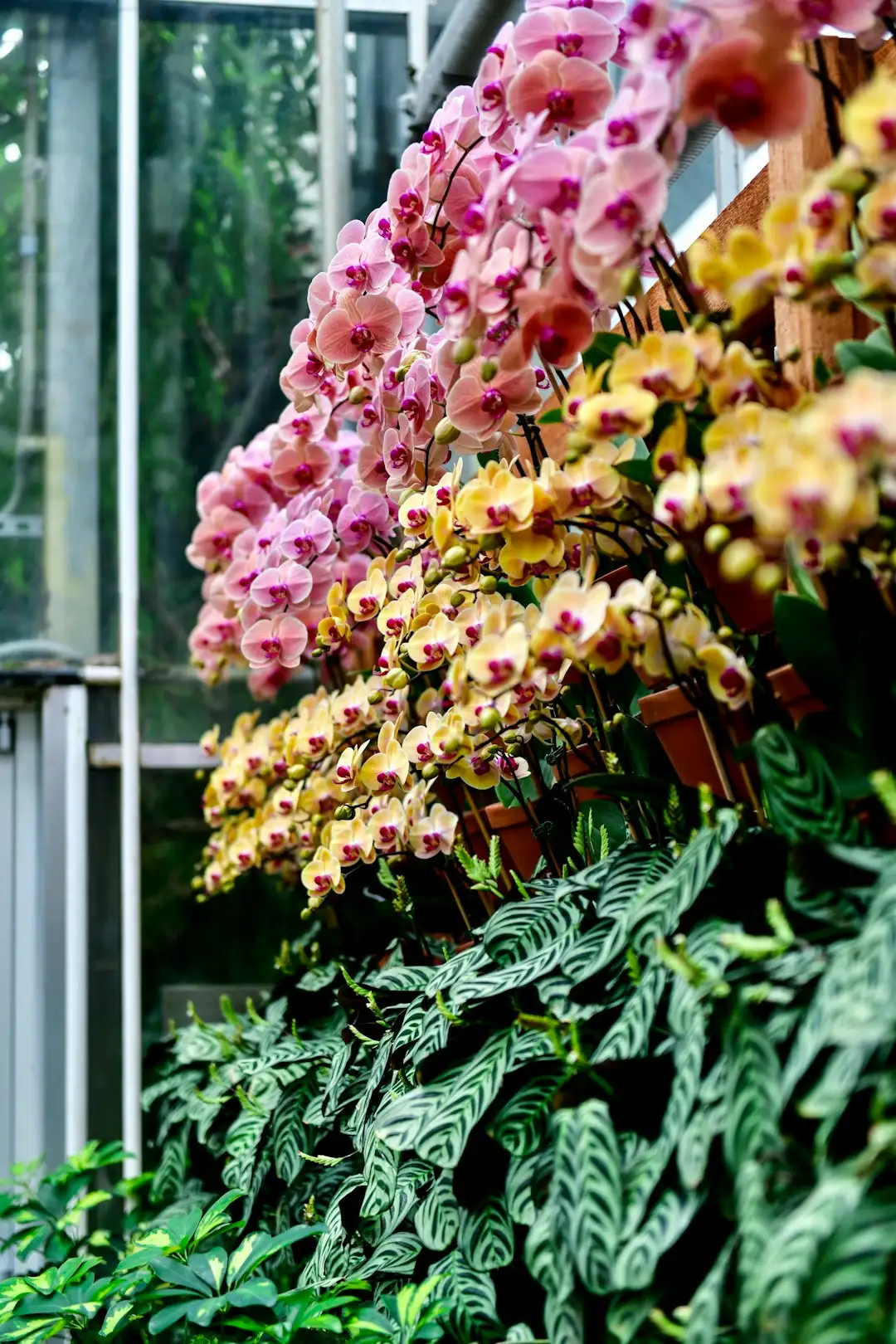Embarking on the journey of gardening is like opening a door to a world filled with beauty, tranquility, and the wonders of nature. Among the many plants that can grace your indoor spaces or outdoor gardens, Korean rock ferns stand out as a unique and captivating choice. These perennials offer not only aesthetic appeal but also a relatively easy - care experience for both novice and experienced gardeners.
### Understanding Korean Rock Ferns
Korean rock ferns, scientifically known as Polystichum tsus - simense, are native to East Asia, including Korea, Japan, and parts of China. They are well - adapted to a variety of environments, which makes them suitable for both indoor and outdoor cultivation. These ferns have a distinct appearance, with their fronds being leathery, dark green, and often arching gracefully. The fronds are also pinnate, meaning they have leaflets arranged on either side of a central axis, giving them an elegant and feathery look.
### Indoor Cultivation
#### Light Requirements
When growing Korean rock ferns indoors, light is a crucial factor. These ferns prefer bright, indirect light. Placing them near a north - or east - facing window is ideal. Direct sunlight can scorch their delicate fronds, so it's important to avoid exposing them to harsh rays. If you don't have a suitable window, you can also use artificial grow lights. LED grow lights are a great option as they can be adjusted to provide the right spectrum of light for the ferns' growth. Set the lights to be on for about 12 - 14 hours a day to mimic natural daylight conditions.
#### Watering
Proper watering is essential for the health of indoor Korean rock ferns. They like to be kept consistently moist but not waterlogged. A good rule of thumb is to water when the top inch of the soil feels dry to the touch. Use room - temperature water to avoid shocking the plant. Overwatering can lead to root rot, which is a common problem with ferns. To ensure proper drainage, plant the fern in a pot with drainage holes and use a well - draining potting mix. A mix that contains peat moss, perlite, and vermiculite is a great choice as it allows water to flow through easily while retaining some moisture.
#### Fertilizing
Fertilizing your indoor Korean rock fern can help it grow strong and healthy. During the growing season, which is typically spring and summer, you can use a balanced, water - soluble fertilizer. Dilute the fertilizer to half the recommended strength and apply it every two to four weeks. In the fall and winter, when the fern's growth slows down, reduce the frequency of fertilizing to once every two months or stop altogether. This will prevent over - fertilization, which can damage the plant.
### Outdoor Cultivation
#### Location
Outdoor Korean rock ferns thrive in shaded or partially shaded areas. They are perfect for woodland gardens, under the canopy of trees, or along the north side of a building. The soil should be rich, moist, and well - draining. If your soil is heavy clay, you can amend it with organic matter such as compost or leaf mold to improve its texture and drainage.
#### Watering
In the garden, Korean rock ferns need regular watering, especially during dry spells. A deep watering once or twice a week is usually sufficient, but this may vary depending on the weather conditions. Mulching around the base of the fern can help retain moisture in the soil and also suppress weeds. Use a layer of organic mulch, such as shredded bark or pine needles, about 2 - 3 inches thick.
#### Fertilizing
For outdoor ferns, you can apply a slow - release fertilizer in the spring. This will provide a steady supply of nutrients throughout the growing season. Follow the instructions on the fertilizer package for the correct application rate. Additionally, you can top - dress the soil with compost every year to enrich it further.
### Propagation
Korean rock ferns can be propagated through division. This is best done in the spring or fall. Carefully dig up the fern and use a sharp, clean knife to divide the root ball into smaller sections. Each section should have several fronds and a healthy root system. Replant the divisions in suitable locations, either indoors or outdoors, and water them well.
### Pests and Diseases
Korean rock ferns are generally resistant to pests and diseases. However, they can sometimes be affected by aphids, scale insects, or fungal diseases. To prevent pest infestations, keep the fern clean and well - ventilated. If you notice pests, you can use an insecticidal soap or neem oil to treat them. For fungal diseases, ensure proper air circulation and avoid overwatering. If the problem persists, you may need to use a fungicide.
In conclusion, growing and caring for Korean rock ferns can be a rewarding experience. Whether you choose to grow them indoors or outdoors, these perennials will add a touch of elegance and natural beauty to your space. By following these essential tips on light, watering, fertilizing, and more, you can ensure that your Korean rock ferns thrive for years to come.



















